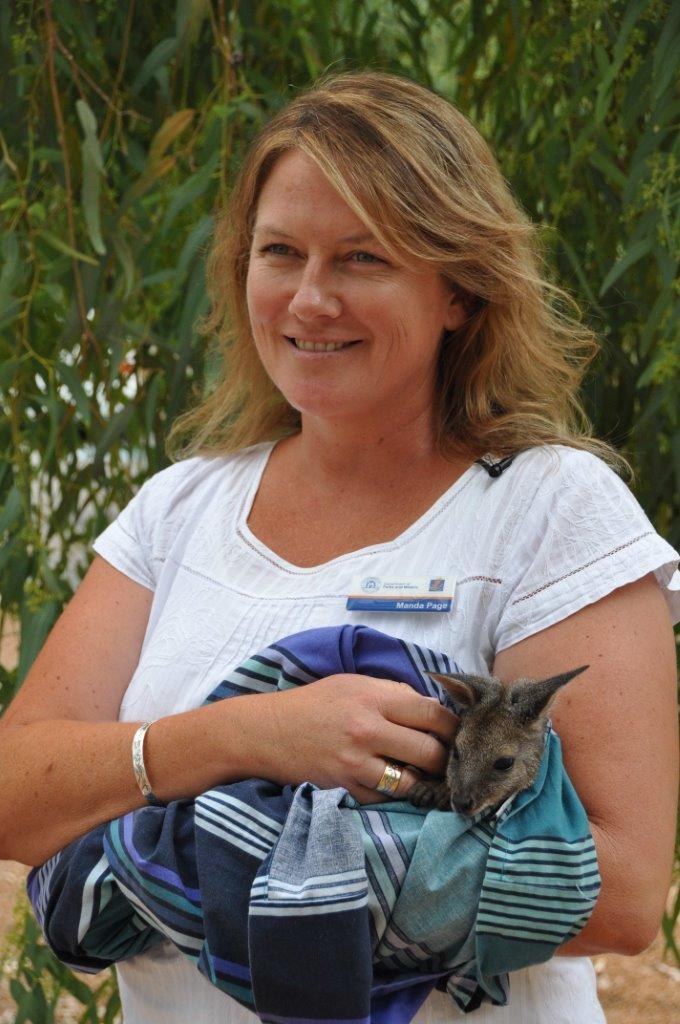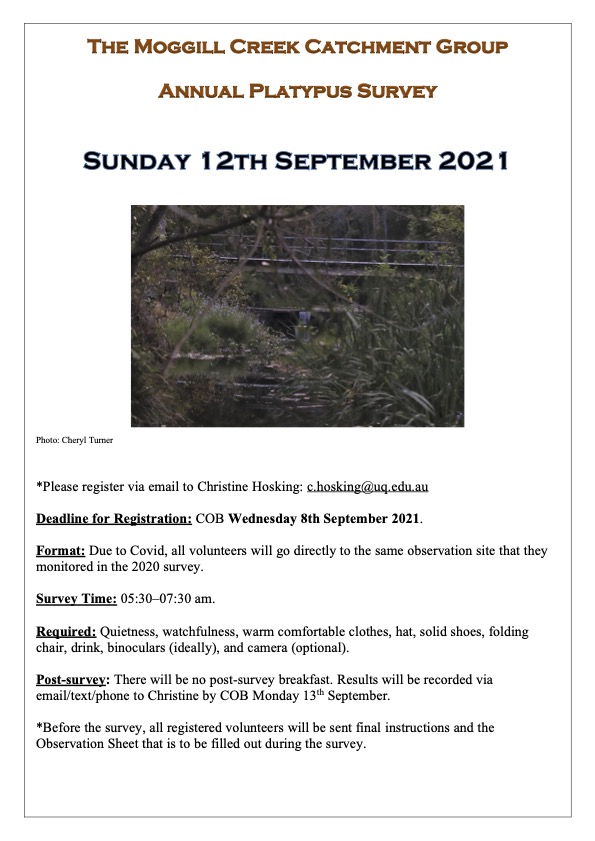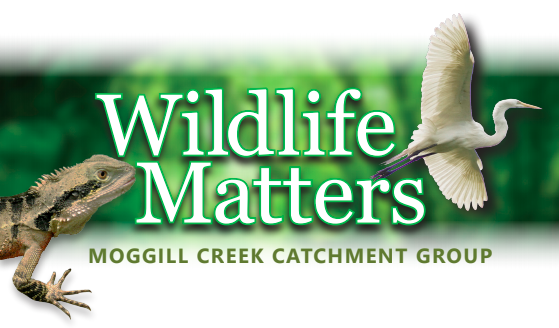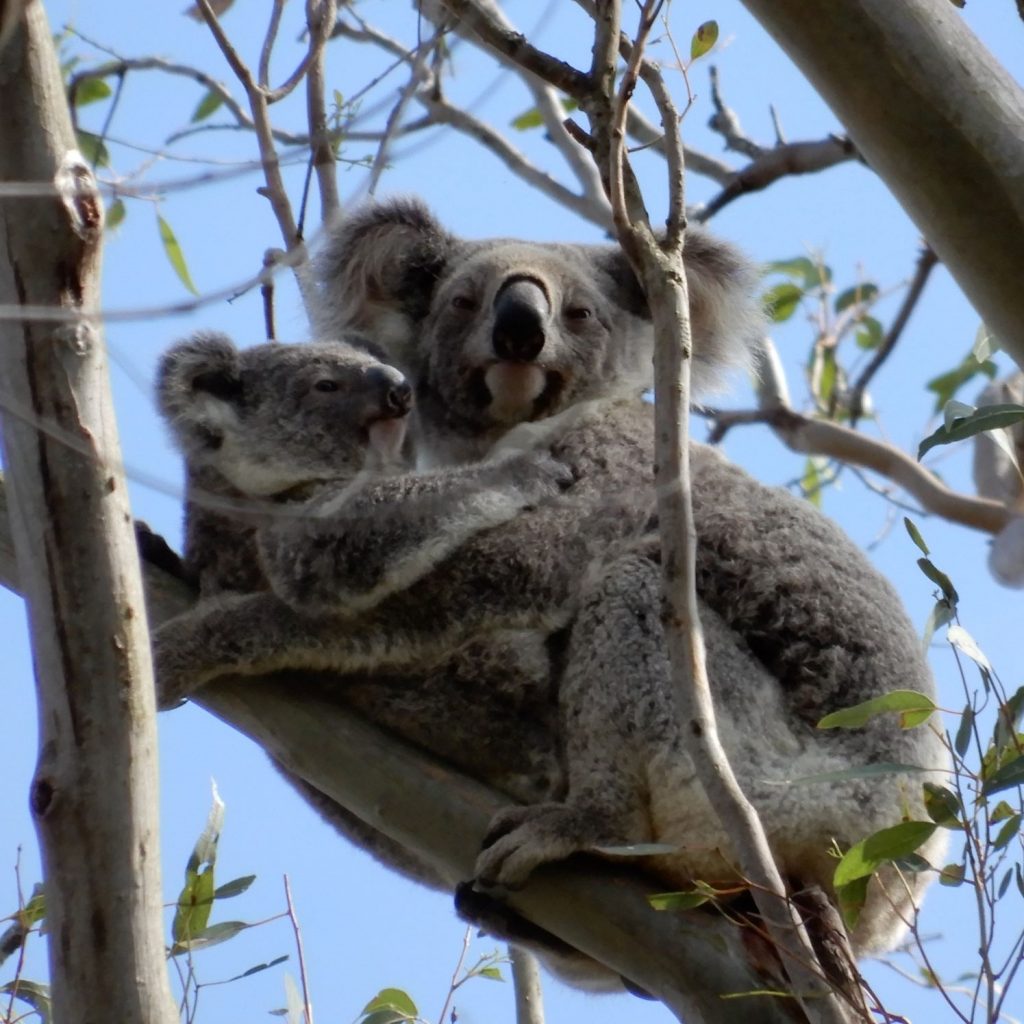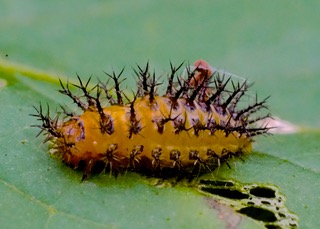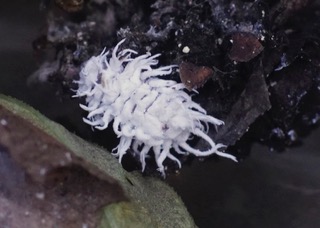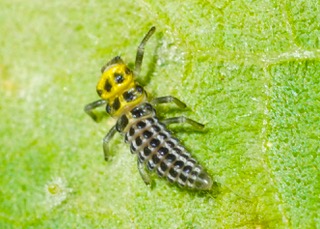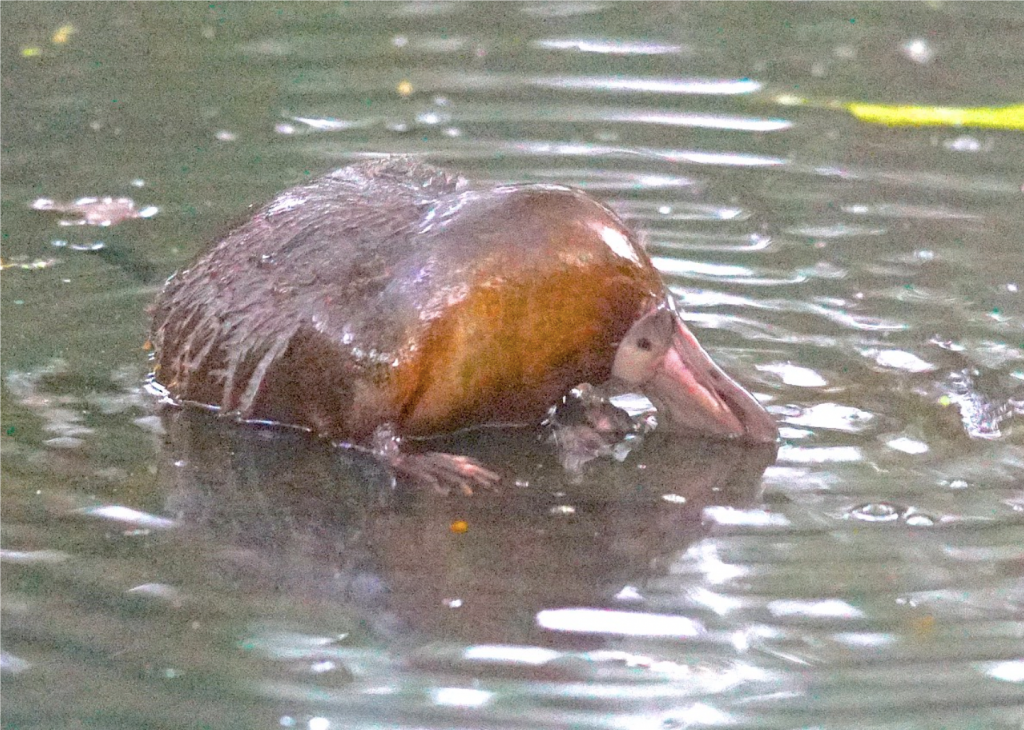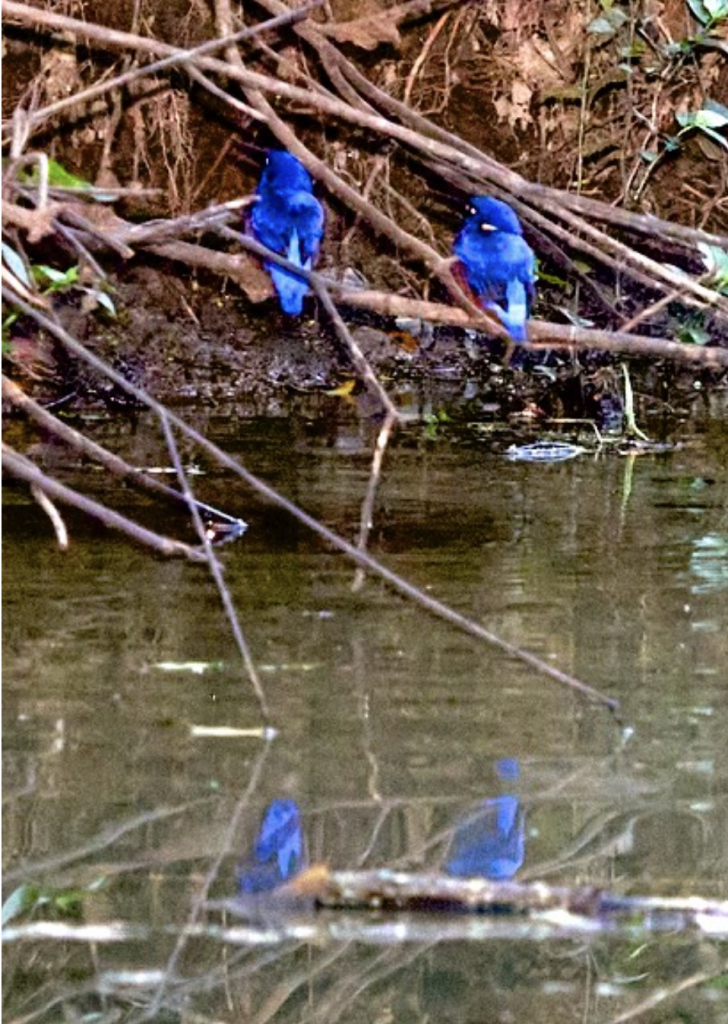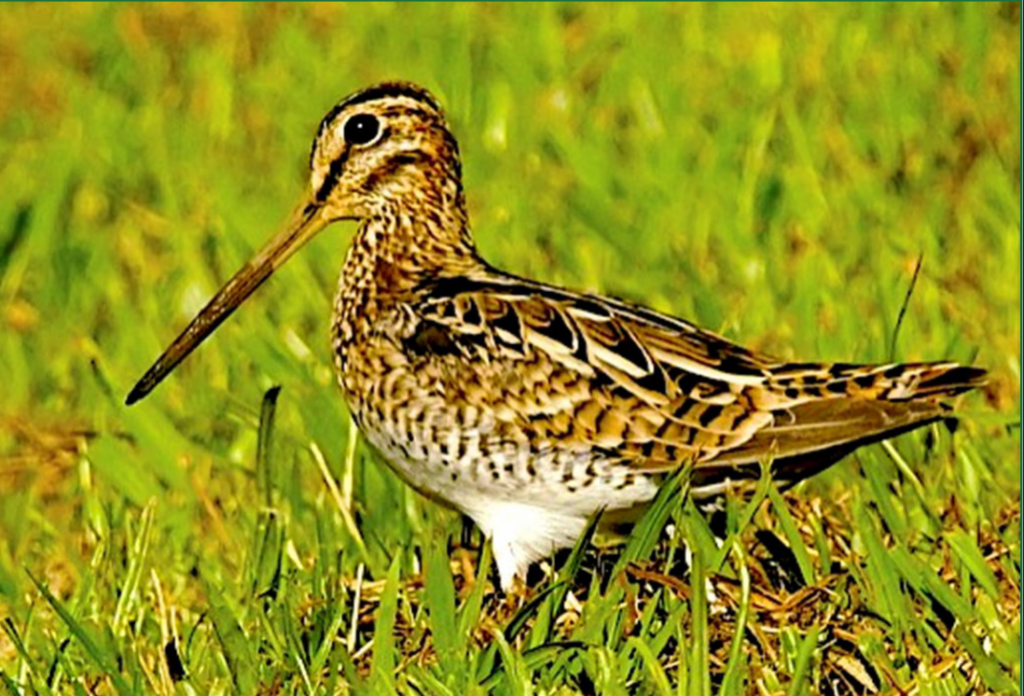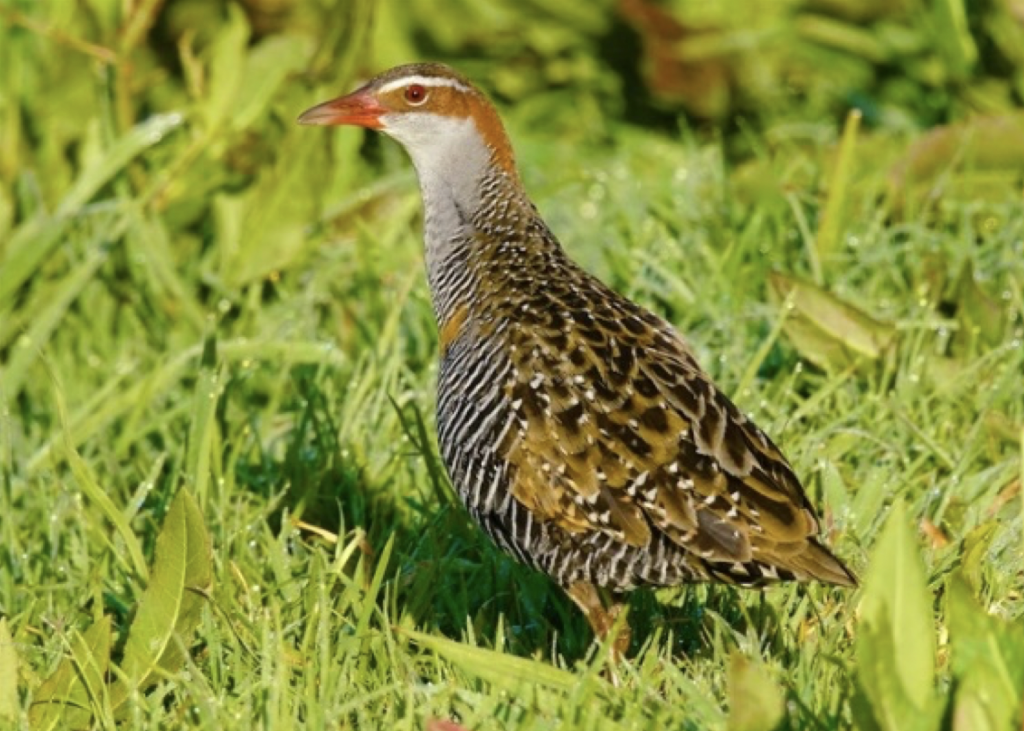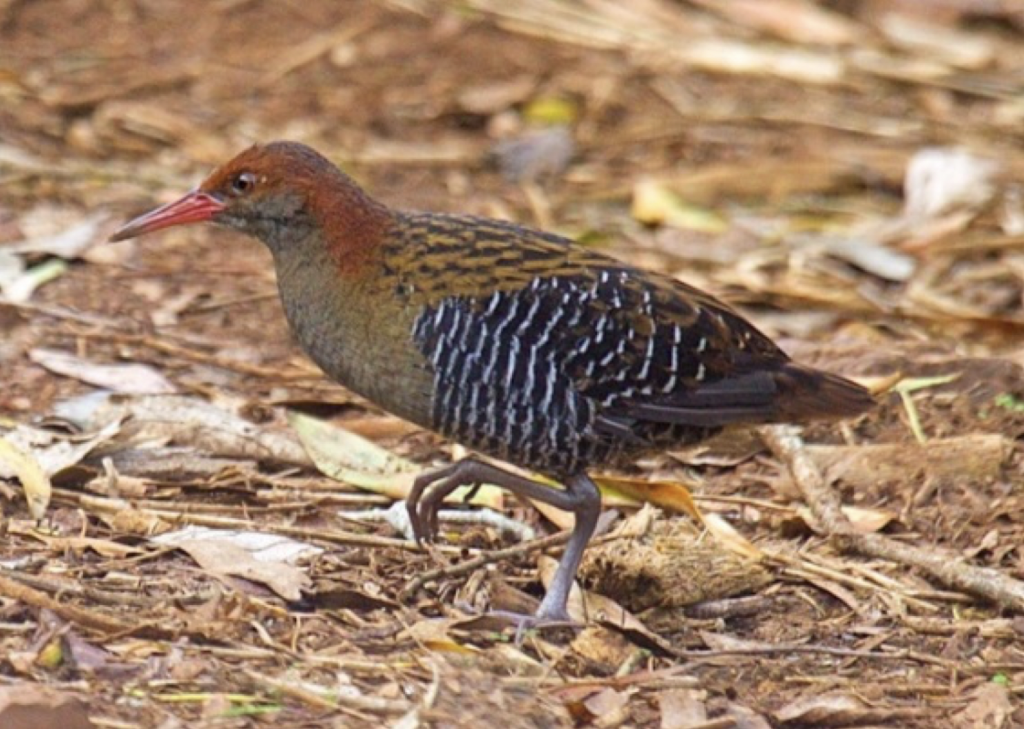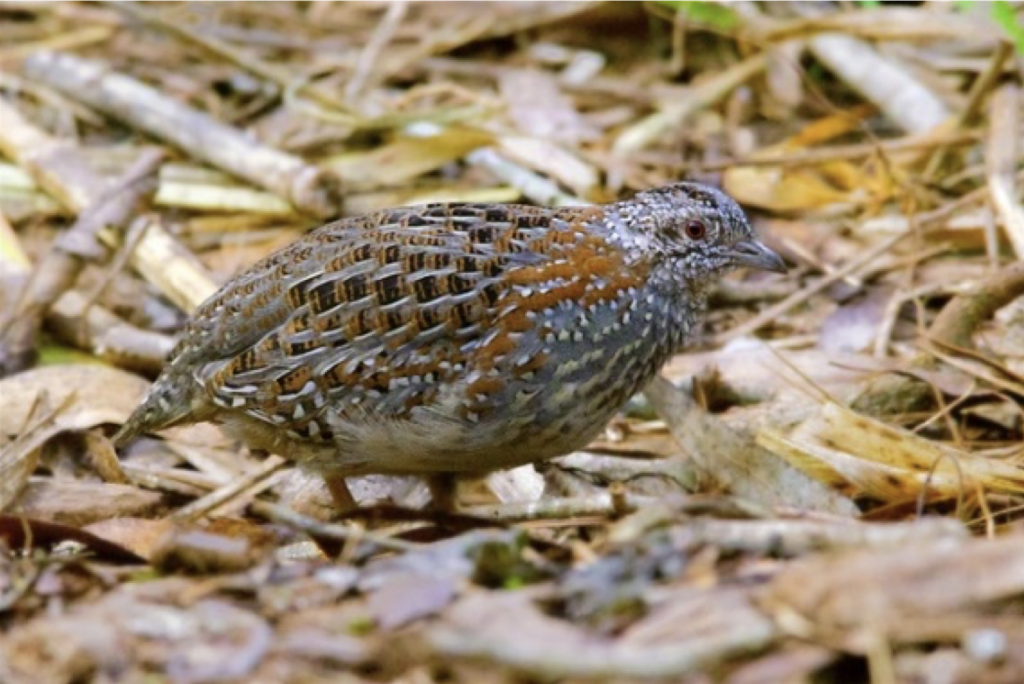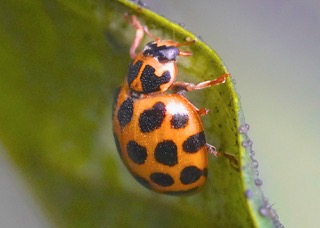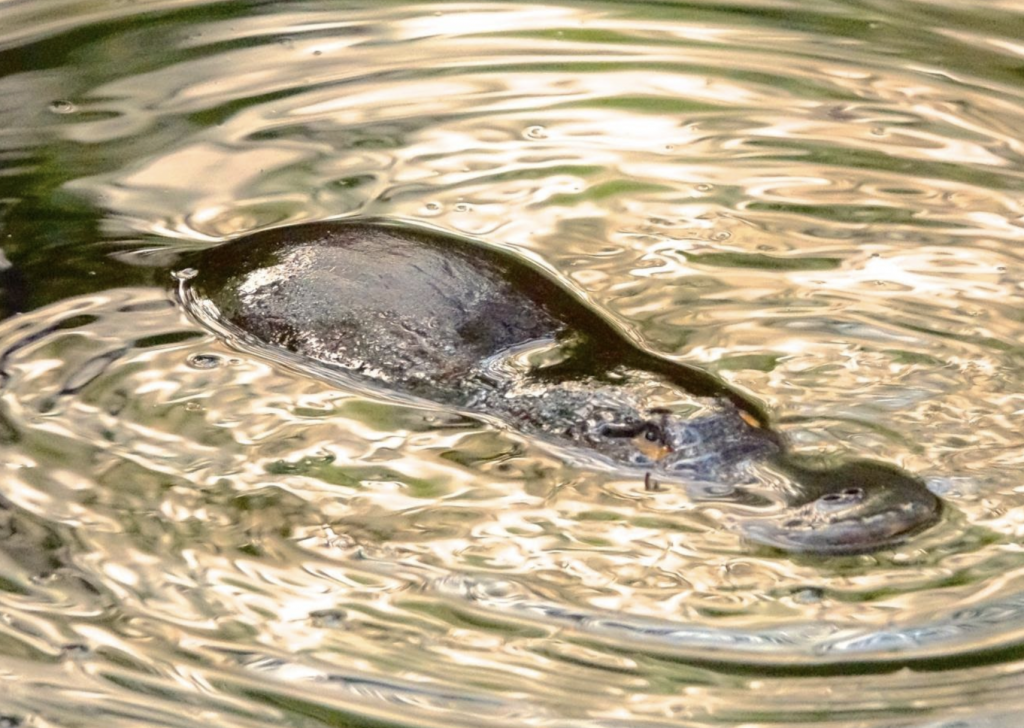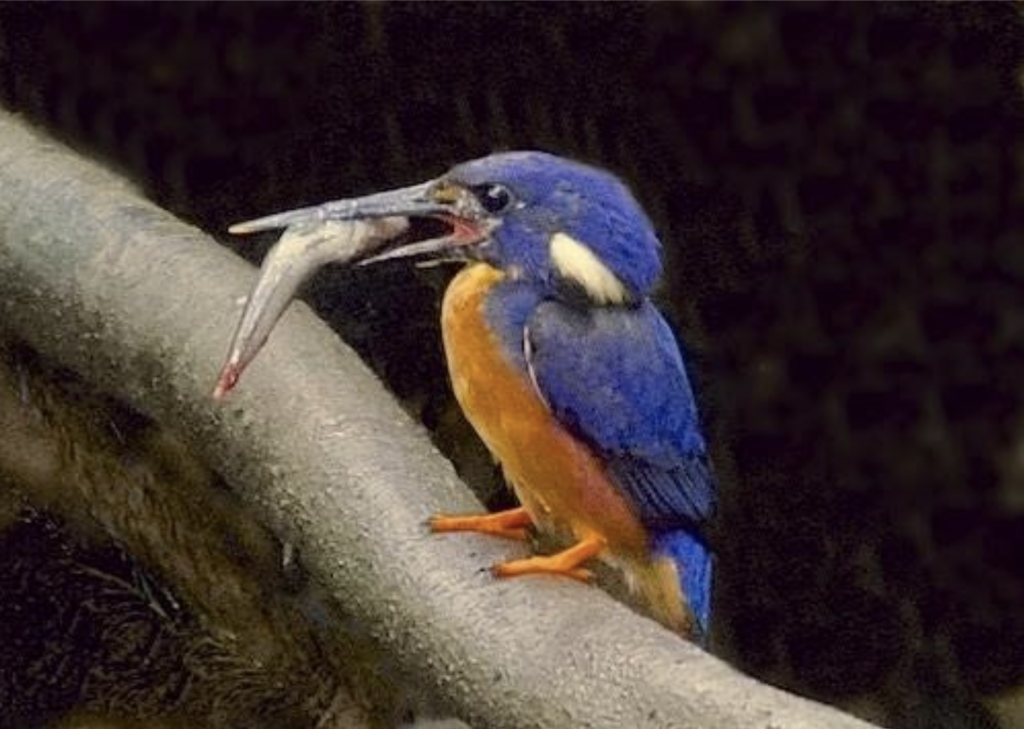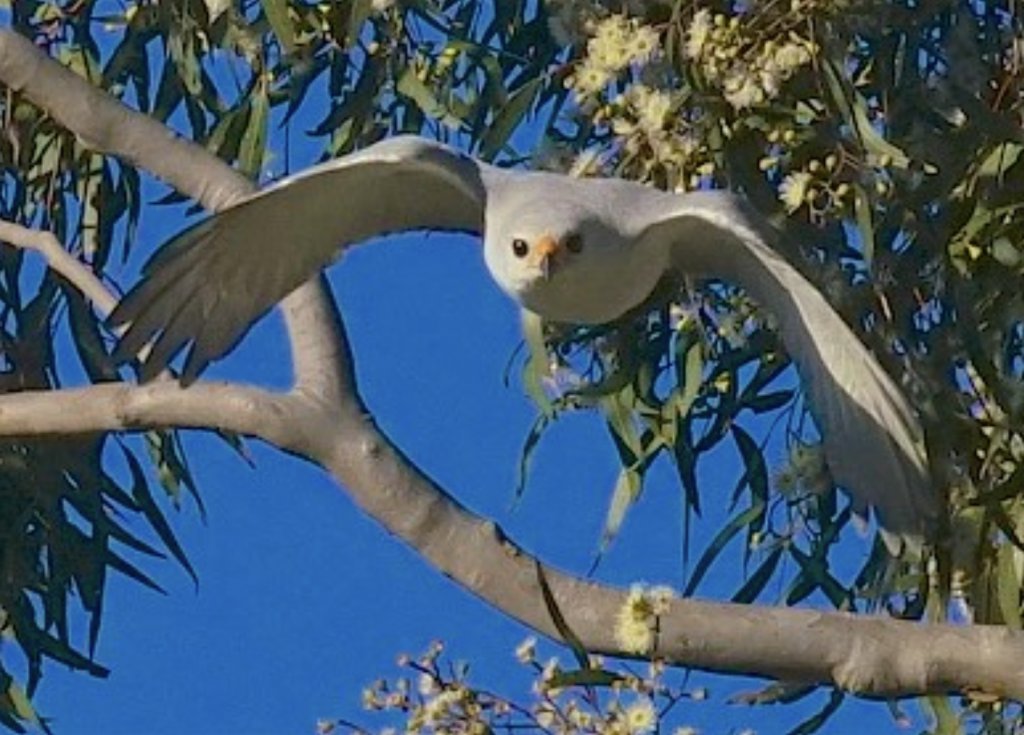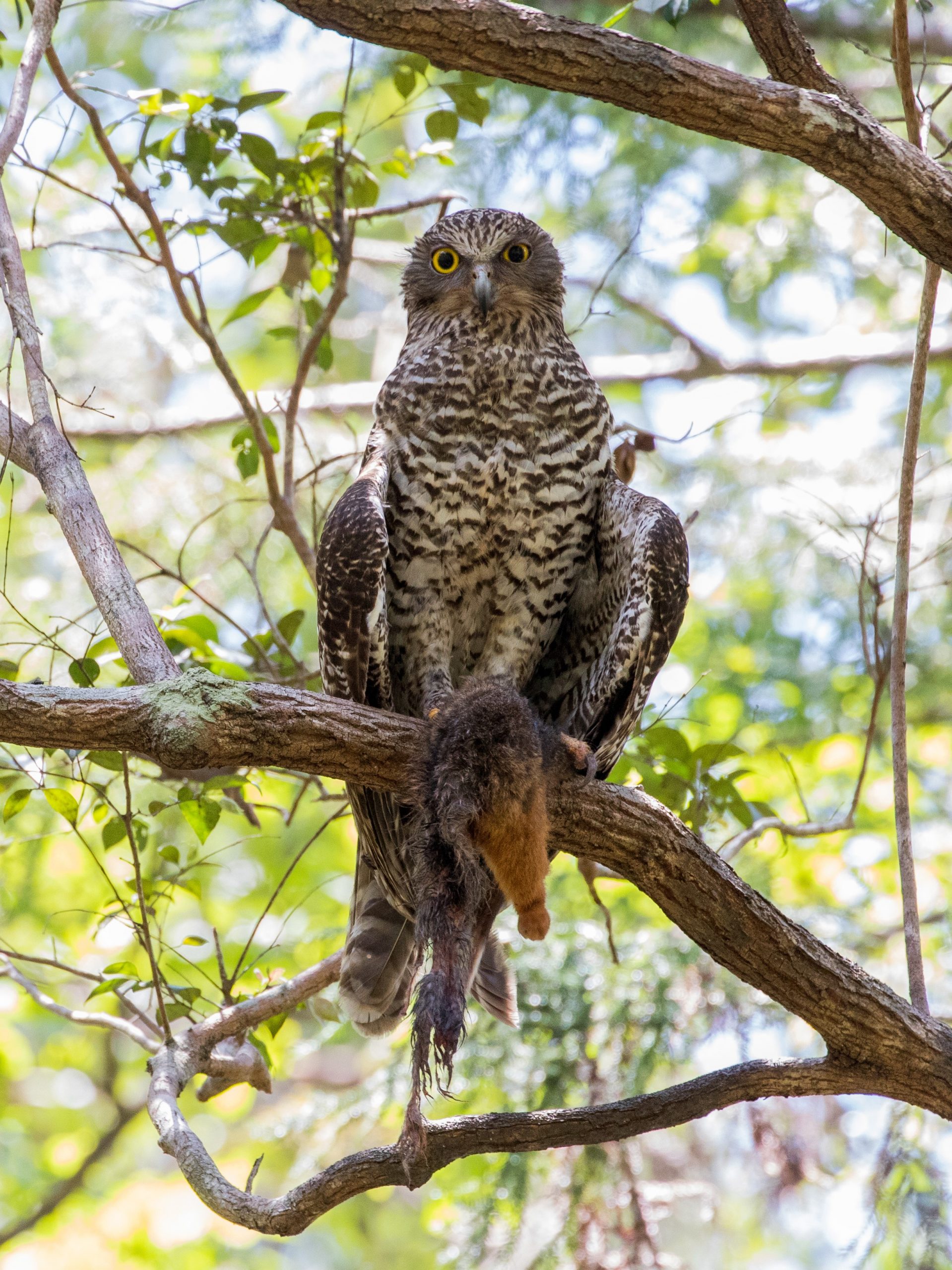Avoiding extinction – the challenges of working with threatened species in Queensland
Thursday 23rd September 2021, Brookfield Hall, 6.30pm for 7.00pm
Speaker: Dr Manda Page
Queenlsand has 1020 threatened species listed under the Nature Conservation Act 1992. All of these species are considered to be at risk of extinction and there are many, many more that we simply don’t have enough information about to assess their risk. Working to avoid these species going extinct is a challenging task, but there are teams of dedicated people in government, the private sector and the community that are taking up the challenge. We will explore some of these challenges and the inspirational work being undertaken to fight against extinction in Queensland.
Dr Manda Page is the Director of Threatened Species Operations with the Queensland Department of Environment and Science. She has worked on threatened species recovery in various forms over the past 30 years. Dr Page completed her PhD in ecology at the University of Queensland then continued as an academic, teaching students about conservation. She moved to Western Australia to take up a role with a private conservation organisation (Australian Wildlife Conservancy) then the Western Australian Government as their Principal Zoologist. She returned to Queensland in 2019 to take up this specialised threatened species role. Dr Page will share some of the highlights and challenges of her career and current role.
Photo: Dr Manda Page

